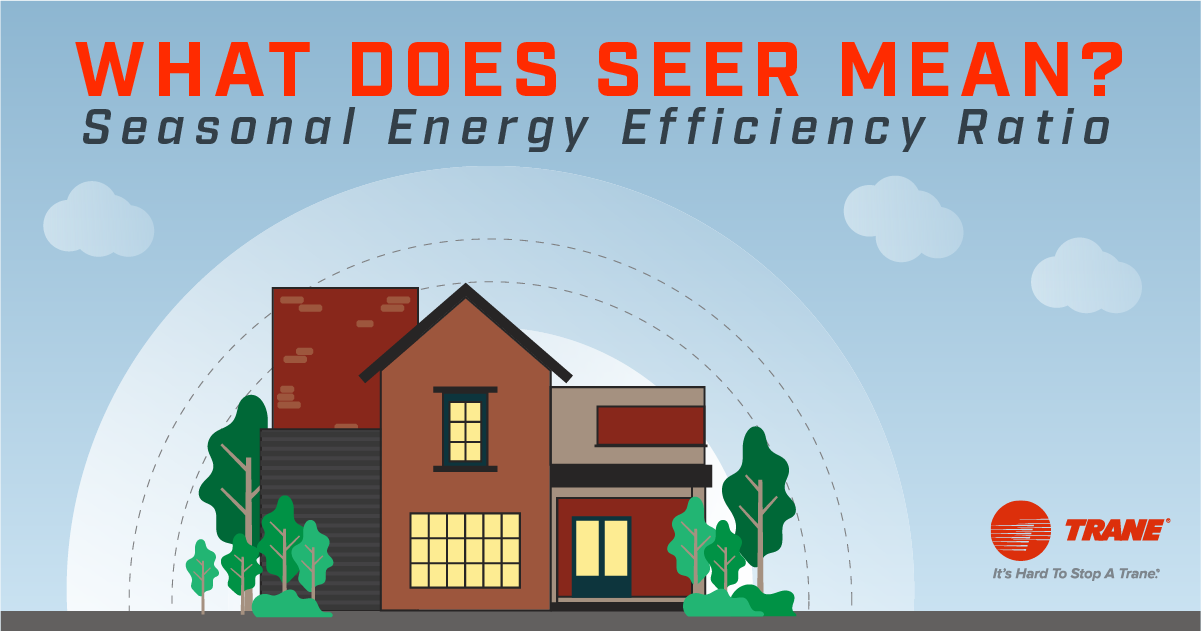WHAT IS A SEER RATING IN AN HVAC SYSTEM?
The SEER measures air conditioning and heat pump cooling efficiency, which is calculated by the cooling output for a typical cooling season divided by the total electric energy input during the same time frame. A SEER rating is a maximum efficiency rating, similar to the miles per gallon for your car. Your car might get 28 miles per gallon on the highway, but if you’re stuck in city traffic it could be lower. If your air conditioner is 21 SEER, that’s its maximum efficiency.
WHAT IS A GOOD SEER RATING FOR AN AIR CONDITIONER?
A higher SEER rating means greater energy efficiency. The minimum standard SEER rating is 13 for air conditioners. Most modern air conditioners have a SEER that ranges from 13 to 21. ENERGY STAR® qualified central air conditioners must have a SEER rating of 14.5 to qualify. It’s important to remember that the efficiency of your system can also depend on the size of your home, your current ductwork, and other variables.
WHAT IS THE IDEAL SEER RATING FOR MY HOME?
It’s tough to give a quick answer because a good SEER rating depends on several factors unique to each home including location, size, and what you’re looking for in a heating and cooling system. The U.S. Department of Energy enforces minimum SEER requirements that differ by geographical region. The minimum in the Southwest and Southeast is 14 and it goes down to 13 in the North. A 13 or 14 SEER rating doesn’t necessarily mean a unit is inefficient. Most older A/C systems are rated at around 8 or 9, so even the lowest available SEER rated system you buy today will be much more energy-efficient.
Higher rated SEER air conditioners cost more than lower-rated SEER models, so it’s important to talk to your Trane Comfort Specialist and discuss what SEER rating you need to get the comfort and energy savings you want.


